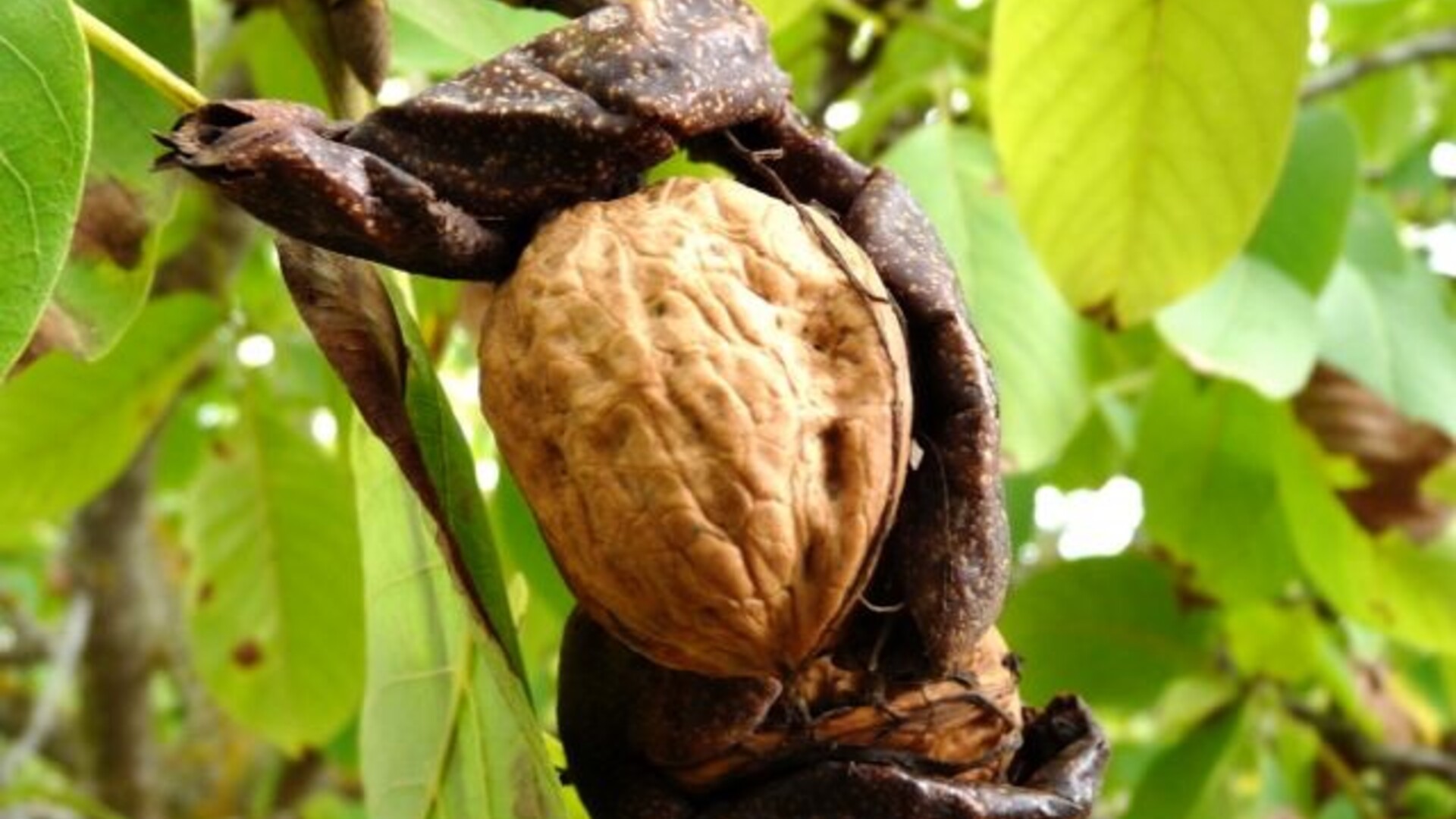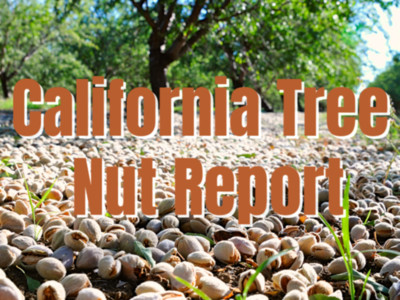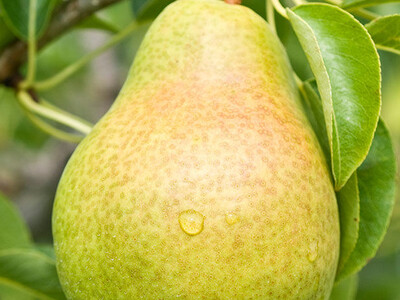The Dynamics of the Walnut Crop
The 2020 California Walnut Crop came in around 780,000 tons--- a record crop. And even though prices are down for the crop, it is a major tree crop.Dan Sumner is a distinguished professor in the Department of Agricultural and Resource Economics. And he's the director of the UC agricultural issue center at UC Davis.
He spoke about the dynamics of walnuts. “The Walnut crop has grown by most measures, grown like crazy. And it's only compared to some of the other tree nuts, its growth has been moderate, but it's still a very successful crop,” said Sumner.
“And on the production economics of these crops, one thing we have to recognize is that they're a tree nut that doesn't have big labor demands. They're a tree crop that in food and for bakery products and other things, that couldn't compete with some of the fruits,” he said. “They're, storable compared to canned fruits in some ways, but they don't have the labor demands. And that gives them a significant advantage.”
Sumner comments on walnuts, a very long living crop. “You have to wait a long time to get your money back, but at kind of interest rates we've had for the last few years that investment can pay,” noted Sumner.
Sumner speaks about the range of the production areas for walnuts. Walnuts have a bigger range than some crops about where they can grow. “We grow Walnut throughout the central Valley from the top to the bottom. They've done more expansion in Northern California because they can tolerate cooler weather,” Sumner said.
















